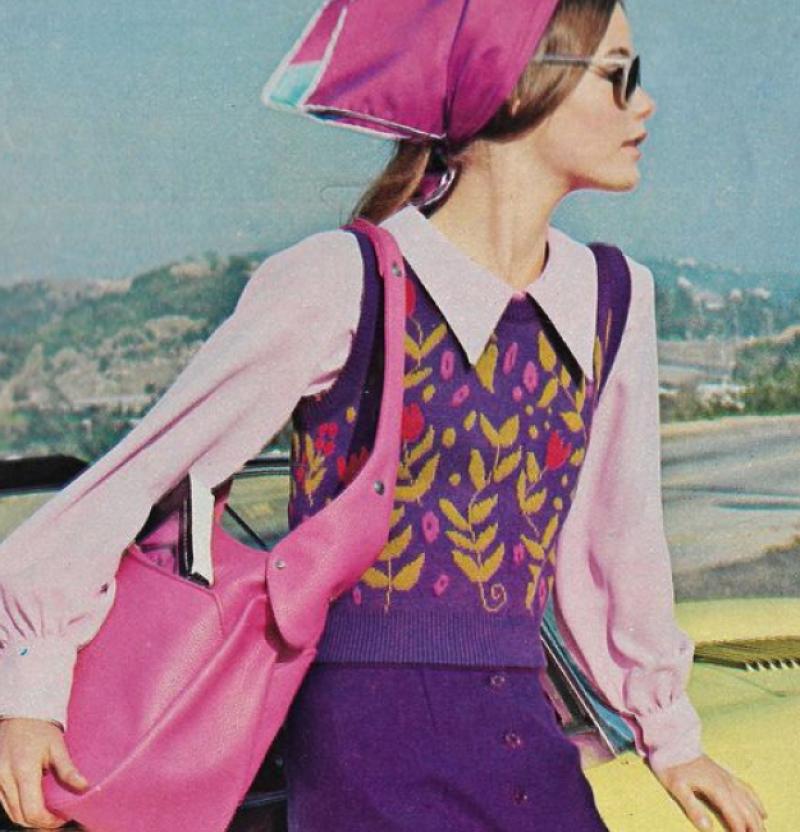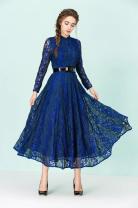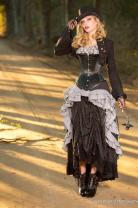What is considered vintage in fashion?
In fashion, the term "vintage" refers to clothing, accessories, or styles that are from a previous era and are considered representative of the style of that time. Vintage items are often valued for their uniqueness, quality, and historical significance. The term "vintage" is typically applied to items that are at least 20 years old, but it can vary based on the perspective of collectors, retailers, and enthusiasts.
Characteristics of Vintage Fashion:
Age:
- Generally, items must be at least 20 years old to be considered vintage. However, some people may consider items from the 1990s as vintage, especially as time progresses.
Quality and Craftsmanship:
- Vintage items are often valued for their quality and craftsmanship. In many cases, older items were made with more attention to detail and durability.
Unique Styles:
- Vintage fashion often includes styles and designs that may no longer be in production. These unique styles can be a way to stand out and express individuality.
Historical Significance:
- Vintage fashion can have historical significance, reflecting the cultural, social, and artistic influences of the time in which they were created.
Timeless Appeal:
- Some vintage items have a timeless appeal, transcending trends and remaining fashionable across different eras.
Limited Availability:
- As time passes, the availability of certain vintage items becomes limited, contributing to their value and desirability.
Significance of Vintage Fashion:
Sustainability:
- Embracing vintage fashion promotes sustainability by reducing the demand for new production. It's a way to reuse and recycle clothing.
Personal Style Expression:
- Vintage fashion allows individuals to express their personal style by incorporating unique and one-of-a-kind pieces into their wardrobe.
Cultural Appreciation:
- Vintage fashion often reflects the styles and trends of different cultures and time periods, fostering an appreciation for fashion history.
Collectibility:
- Some people collect vintage fashion items as a hobby or as a form of investment, as certain pieces may appreciate in value over time.
Nostalgia:
- Wearing vintage clothing can evoke a sense of nostalgia, connecting individuals to the past and triggering memories associated with specific eras.
Avoiding Fast Fashion:
- Choosing vintage over fast fashion supports a more sustainable and ethical approach to fashion consumption.
It's important to note that the definition of vintage can vary, and some people may use the term more broadly to refer to second-hand or retro-inspired items. Additionally, the term "vintage" is distinct from "antique," which typically refers to items that are over 100 years old.
When shopping for vintage items, it's common to find them in specialty vintage stores, thrift shops, or through online platforms that cater to vintage fashion enthusiasts.
You're correct. Vintage clothing is a broad term that encompasses any clothing item that is at least 20 years old. This means that vintage clothing can range from classic pieces from the 1920s to more recent items from the 1990s. Vintage clothing is often sought after because it is unique and has a special history. It can also be a more sustainable way to shop for clothing, as it helps to reduce waste and promote the reuse of resources.
There are many different places to find vintage clothing. Some of the most popular places include thrift stores, vintage boutiques, and online retailers. Thrift stores are often a great source for affordable vintage clothing, while vintage boutiques tend to have a more curated selection of items. Online retailers offer a wide variety of vintage clothing, but it can be difficult to assess the quality of the items without seeing them in person.
Here are some tips for finding and buying vintage clothing:
- Do your research: Familiarize yourself with different vintage styles and eras so you can know what you're looking for.
- Be patient: It takes time to find the perfect vintage pieces. Don't get discouraged if you don't find what you're looking for right away.
- Inspect the items carefully: Vintage clothing is often pre-owned, so it's important to inspect the items carefully for any damage or stains.
- Try on the items: Vintage clothing sizing can be inconsistent, so it's important to try on the items to make sure they fit properly.
- Have fun: Shopping for vintage clothing should be an enjoyable experience. Don't take it too seriously.









